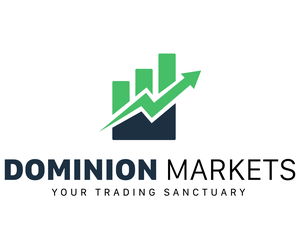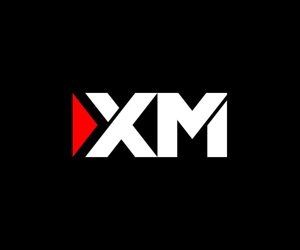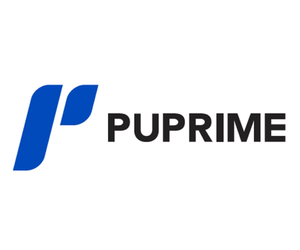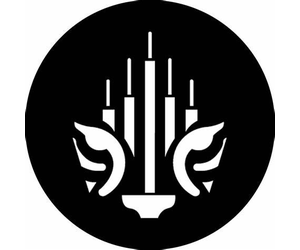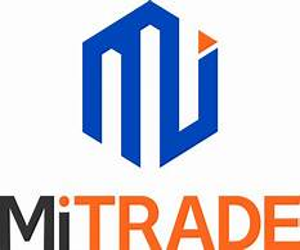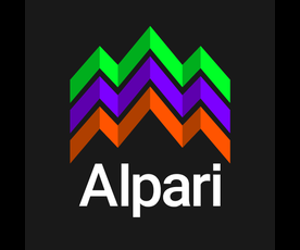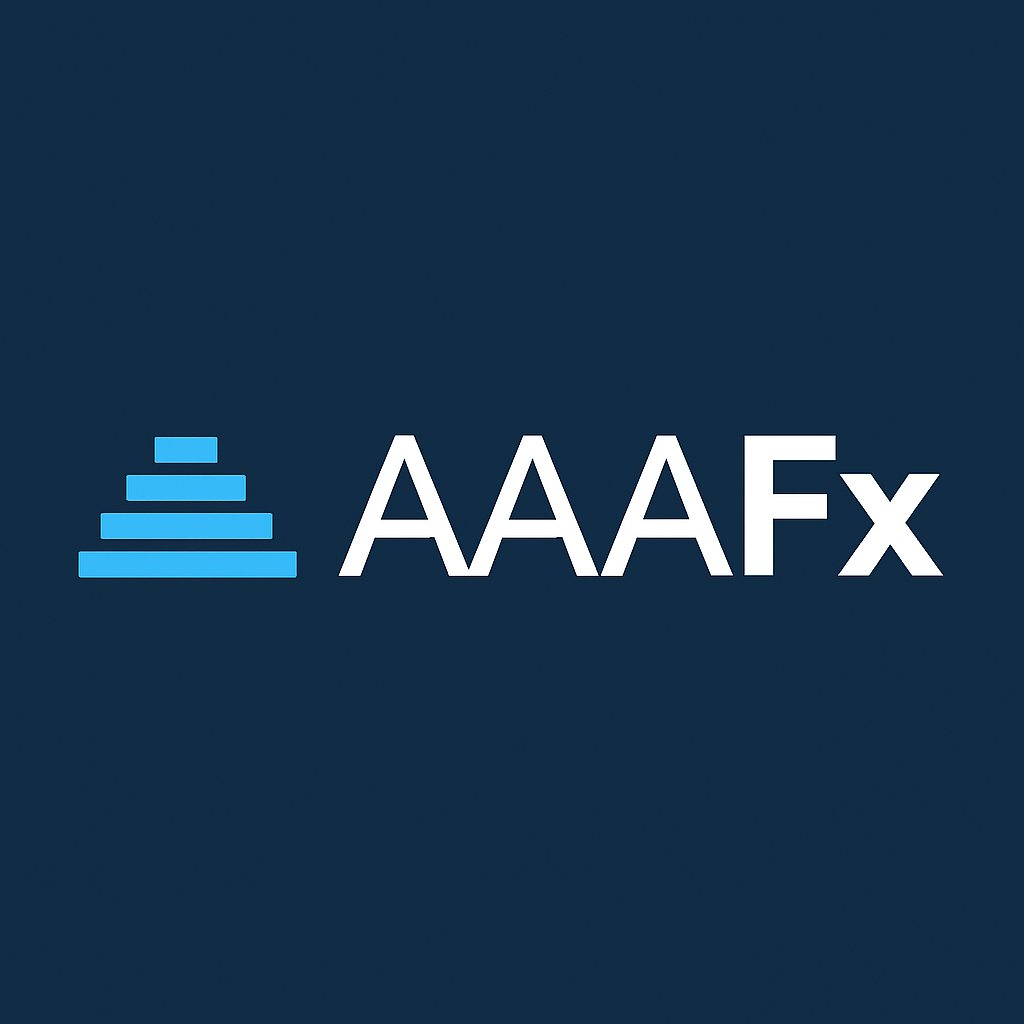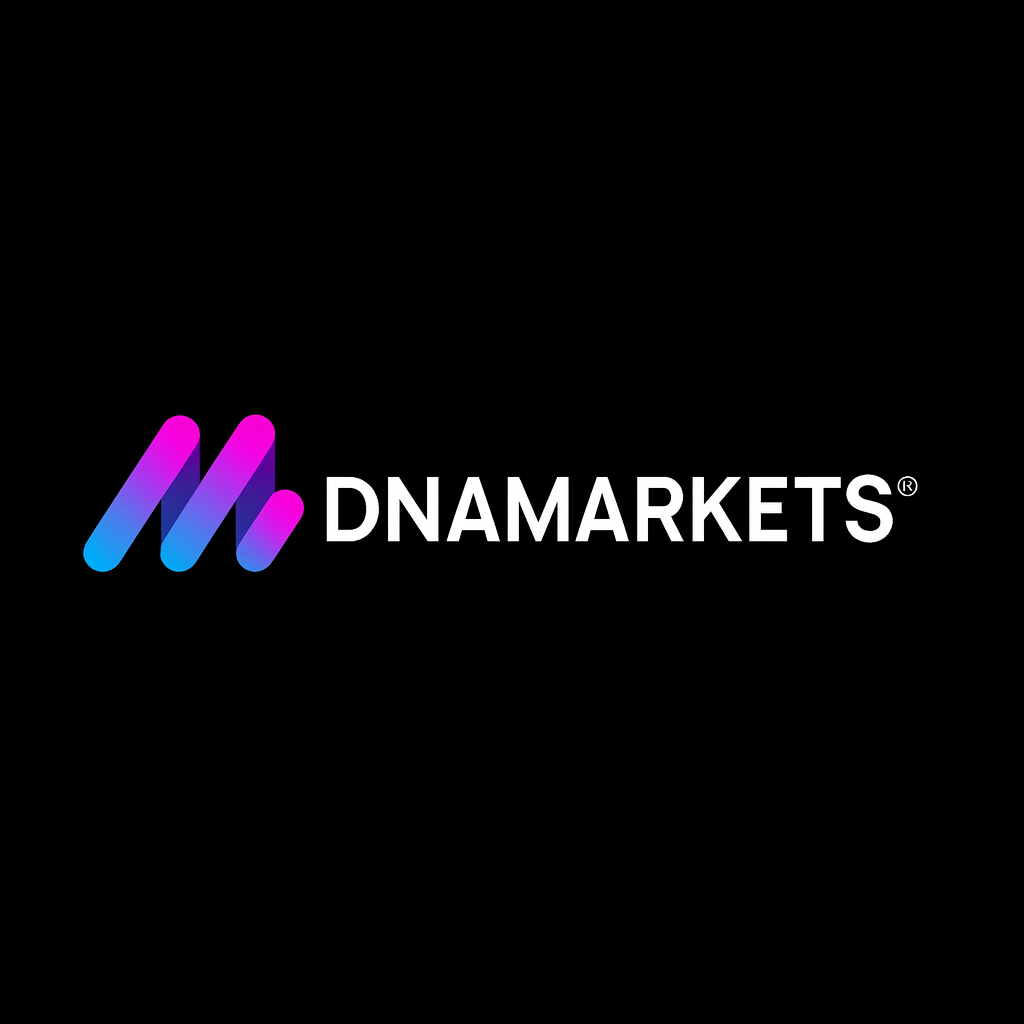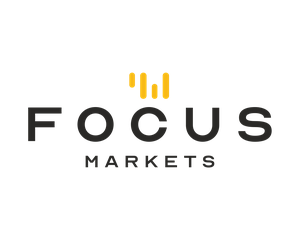Choosing a trading partner is one of the most important decisions an investor will make. The right broker acts as a secure gateway to the world’s financial markets. It offers fair pricing, reliable technology, and the assurance that your funds are safe. However, the online brokerage landscape is crowded and complex. Flashy marketing can often hide underlying risks, making it difficult to distinguish a trustworthy broker from a hazardous one.
This is where clear, unbiased analysis becomes essential. Today, we turn our focus to MiTrade, a broker that has grown rapidly by appealing to new and mobile-first traders. It offers a sleek, proprietary trading platform and promises a simple, low-cost experience. But does the substance of its service match its style? More importantly, does it meet the safety standards that every investor should demand?
In this in-depth review, we will dissect MiTrade’s business from multiple angles. We will start with its complex regulatory structure, the most critical factor for your financial safety. Then, we will examine its reputation among traders and the performance of its platform. Finally, we will deliver a clear verdict based on the TraderVerified.com methodology. Our analysis concludes that MiTrade earns a Silver Standard rating. It is a competent broker with a standout platform, but one whose protections vary dramatically depending on where you live.
Regulation & Safety: A Multi-Jurisdictional Puzzle
A broker’s regulatory license is the foundation of its trustworthiness. This is not just administrative paperwork; it is a legally binding commitment to protect your money. MiTrade operates through several different corporate entities, each licensed in a different part of the world. The level of safety you receive depends entirely on which of these entities manages your account. Understanding this is crucial.
MiTrade’s main regulated entities include:
- MiTrade AU Pty Ltd: This entity is licensed by the Australian Securities and Investments Commission (ASIC), with AFSL license number 398528. ASIC is a world-leading Tier 1 regulator with exceptionally high standards for investor protection.
- MiTrade Global Pty Ltd: This international arm is regulated by the Cayman Islands Monetary Authority (CIMA), with SIBL license number 1612446. CIMA is considered a Tier 3 offshore regulator.
- MiTrade Holding Ltd: This entity is authorized by the Mauritius Financial Services Commission (FSC), holding license number GB20025791. We classify the FSC as a Tier 2 regulator.
This structure creates a significant difference in client protection. Australian clients trading with MiTrade AU Pty Ltd receive the highest level of security. ASIC rules require the broker to hold client money in segregated accounts, separate from the company’s own funds. This ensures the money is not used for operational purposes and is protected in case the broker faces financial difficulty. Furthermore, ASIC enforces strict leverage limits for retail traders, such as 30:1 on major forex pairs, and mandates negative balance protection. This feature guarantees that you can never lose more than the money you have deposited in your account.
Global Clients
In contrast, clients onboarded through the CIMA or FSC entities receive fewer protections. While these regulators also require segregated funds, their oversight is far less intensive. They permit much higher leverage, which can amplify both gains and losses. Crucially, they do not offer a statutory compensation scheme if the broker fails. Your financial safety under these jurisdictions relies more on the broker’s own integrity than on enforceable government rules. Therefore, before opening an account, it is vital to verify which regulatory body will oversee your funds. For most international clients, the default is often the offshore entity, not the top-tier Australian one.
Trader Reputation & Market Presence
A broker’s reputation is built over thousands of trades and client interactions. To gauge MiTrade’s standing, we analyzed extensive user feedback from multiple independent sources, alongside public data and regulatory records. The consensus reveals a broker that excels in user experience but faces criticism regarding its cost structure and operational transparency.
The most consistent positive feedback centers on MiTrade’s proprietary trading platform. Unlike many brokers that offer third-party software like MetaTrader, MiTrade has developed its own in-house system. Users widely describe it as clean, intuitive, and easy to navigate. This makes it particularly appealing to beginners who might find more complex platforms intimidating. The mobile application is frequently singled out for its excellent design and functionality, allowing traders to manage their accounts and trades seamlessly on the go. The account opening and verification process is also praised for its speed and simplicity.
However, the broker’s reputation is not without blemishes. A recurring theme in negative reviews involves the cost of holding trades overnight. MiTrade charges a daily financing fee, often called a swap fee, which some users report as being higher than the industry average. This can make swing or position trading—strategies that involve holding trades for days or weeks—unexpectedly expensive.
Another area of concern is withdrawal processing. While many users experience smooth transactions, a notable number of complaints describe delays and requests for excessive documentation. These issues, while not unique to MiTrade, appear frequently enough to suggest a potential friction point in their internal processes. Finally, some traders have noted that spreads, which are the difference between the buy and sell price, can widen significantly during major news events. While this is a normal market behavior, traders expect transparency about the potential costs during volatile periods.
Strengths & Weaknesses
Every broker has its advantages and disadvantages. Here is a clear summary of where MiTrade shines and where it falls short.
Strengths
- Top-Tier Regulation for Australians: Licensing by ASIC (Tier 1) provides Australian clients with excellent investor protection, including segregated funds and negative balance protection.
- User-Friendly Proprietary Platform: The in-house trading platform is exceptionally well-designed for beginners, offering a simple and intuitive user experience on both web and mobile.
- Low Minimum Deposit: MiTrade makes it easy to get started by requiring a very low initial deposit, lowering the barrier to entry for new traders.
- Fast and Simple Onboarding: The process of opening and verifying an account is streamlined and can typically be completed quickly.
Weaknesses
- Significant Regulatory Disparity: Protections for international clients under CIMA (Tier 3) and FSC (Tier 2) are substantially weaker than for those under ASIC.
- No MetaTrader Support: The reliance on a proprietary platform means traders cannot use the popular MT4 or MT5 platforms, which offer advanced charting tools and support for automated trading via Expert Advisors (EAs).
- Potentially High Overnight Fees: The swap fees for holding positions overnight can be higher than competitors, making the platform less cost-effective for long-term traders.
- Mixed Reviews on Withdrawals: A consistent pattern of complaints regarding withdrawal delays suggests potential inefficiencies in the broker’s payment operations.
Overall Verdict: A Silver Broker Best for Australian Novices
After a comprehensive assessment, TraderVerified.com awards MiTrade a Silver Standard rating.
This grade reflects a broker with a split personality. On one hand, its Australian-regulated entity is safe, secure, and backed by a top-tier global regulator. Its proprietary platform is a standout achievement in user-friendly design. On the other hand, its international operations rely on offshore regulators that offer far weaker protections, placing a greater burden of trust on the company itself. The platform’s simplicity also comes at the cost of the advanced features that experienced traders often demand.
Who is MiTrade best suited for?
MiTrade is an excellent choice for beginner traders based in Australia. These users will benefit from the simple, intuitive platform while being protected by ASIC’s robust regulatory framework. The low minimum deposit also makes it ideal for those looking to start with a small amount of capital.
However, experienced traders may find the proprietary platform too limiting. They will likely miss the advanced analytical tools and automated trading capabilities of industry-standard platforms like MT4 and MT5. Moreover, international traders outside of Australia must be particularly cautious. They should carefully weigh the benefits of MiTrade’s platform against the reduced protections offered by its offshore licenses. For them, there may be other Silver-rated brokers that offer a more consistent level of security across all their clients.
Expert Review Notes (Staff Insight)
Onboarding and Regulatory Clarity: We found that the onboarding process for international clients does not transparently highlight the regulatory differences between its entities. Clients are often defaulted to the CIMA or FSC-regulated branch without a clear explanation of what this means for their fund safety compared to the ASIC-regulated entity.
Proprietary Platform Limitations: While MiTrade’s platform is visually appealing and simple, it is not built for complex analysis. Our testing found that it lacks advanced charting tools, custom indicators, and back-testing capabilities. This makes it unsuitable for traders who rely on sophisticated technical strategies.
Overnight Funding as a Key Cost: The broker’s marketing emphasizes competitive spreads. However, our analysis of its fee schedule reveals that overnight funding fees are a significant and often overlooked cost. For certain currency pairs and indices, these fees can quickly erode the profits of a trade held for more than a few days.

